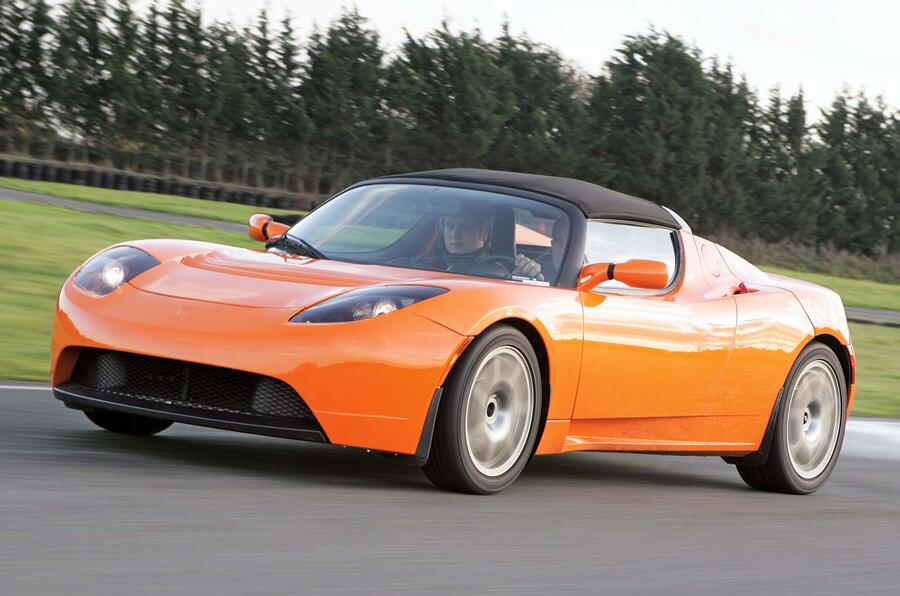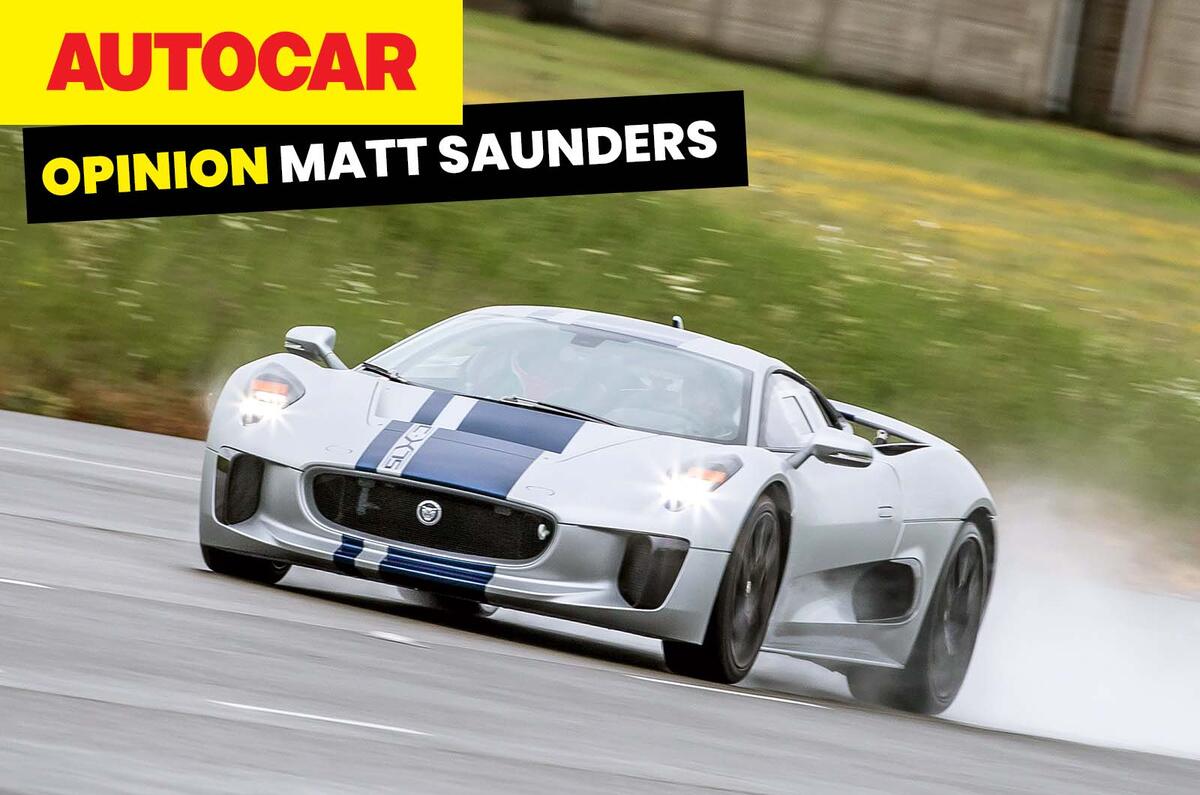The difference between a concept car and a prototype is huge. It’s the difference between a piece of motor show eye candy and a viable proposition that has been made convincing enough to actually prove said concept.
This is the continuation of a thread I started recently, explaining the peculiarities, pressures and, often, disappointments that are associated with test drives in concept cars.
When you drive a concept car, you feel like a significant chunk of the story you write is about the art of the imagined. If this thing comes to be, just what might it be like? Such a car could supply perhaps 30-40% of that picture – or just 4%. But a prototype might get 90% of the way there.
There’s a greater sense of occasion to driving a prototype; manufacturers usually only allow it when they’re building up to introducing something really important. At this stage, a whole lot more has already been invested and more still is on the line. You might be driving one of only two or three very valuable examples of something currently in existence.
Sometimes, the full significance of what you’re doing isn’t apparent at the time. Back in the autumn of 2006, I went to Hethel, Norfolk, to ride in, rather than drive, a prototype of something called a Tesla.
The Roadster was, of course, a stretched Lotus Elise with so many laptop batteries where the four-cylinder engine would otherwise have been. I remember still how uncannily responsive and linear the performance felt – and that was while the car still had a two-speed automatic gearbox, so it tended to shift at about 60mph in a way that was noticeable enough to, well, lunch gearboxes, it would later turn out.

Did it feel like the start of something that would change the car industry? Not entirely. But it was clearly a more credible product than anyone with whom I spoke about it at the time was ready to believe. I wouldn’t have known that much from a show car.
There are prototype drives, by contrast, when you know precisely what strategic significance you’re dealing with. Little can give you a better idea of that than turning up at the gates of a brand-new factory built to manufacture the car you’re about to sample, a model that is being hailed as the saviour of its long-ailing creator.
That’s how I first sampled an Aston Martin DBX: with a car load of engineers along for the ride through the Welsh mountains. (“What do you think, Matt?” No pressure, there, then…)
And, just occasionally, you know that a test drive in a prototype is all you’re ever going to get. That is exactly how it was with Jaguar’s great aborted hybrid hypercar, the C-X75, when we managed a handful of laps of JLR’s Gaydon high-speed and handling circuits in 2013.
This was the time of the hypercar ‘holy trinity’. Jaguar had been bold enough to invest big and, with the help of Williams Advanced Engineering, take its particular vision for such a car all the way through to a highly polished place.
But, rather crushingly, it had also already decided not to build it. That competitors from Porsche, Ferrari and McLaren were all coming to market at the same time was too great a risk. Above all, JLR couldn’t afford another XJ220.
The car certainly didn’t deserve description in those terms. I never drove a LaFerrari, but I have driven both a McLaren P1 and a Porsche 918 Spyder, and honestly, the C-X75 was right up there.
It had bucketloads of star quality; its chassis and steering were outstanding; and its 1.6-litre, 10,000rpm twin-charged four-cylinder combustion engine topped the lot. It was like some mutant superbike motor backed by epic electric torque fill. It was monumental.
The C-X75 might well be the greatest performance car that the British industry never made. And being in the position to learn that – however bittersweet it may feel on reflection – is why you don’t turn down drives in prototypes.




Join the debate
Add your comment
Too late, could it go EV ? Should it go EV? , with a bit of titivation here and there it might sell as a limited run of say fifty but no more and not at a silly six digit price.